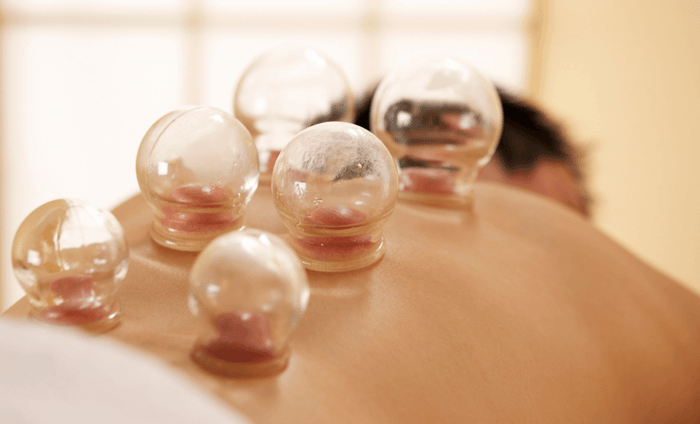Some common methods for deep de-stressing include massages and acupuncture, but not as many are familiar with cupping! Not only is it one of the oldest and most effective methods for relieving tension, but it's known for how well it aids the body in flushing out toxins from body tissue and organs. Here's how it works.
The Process of Cupping
There are many different types of cupping but for today we'll focus on the most common- dry cupping. Special cups are placed on the skin, usually along the back, in a way that causes strong suction and pulls skin slightly into the cup. This greatly decompresses the muscles and connective tissue, and through this pulling motion, blood flow increases to the cupped area. This enforces circulation, which always encourages the body's natural healing processes. When the heated cups are removed, the patient is left with circular marks that disappear between 1-10 days, as inflammation leaves the body.
What is Cupping Used For?
Cupping is used for sore muscles, to decrease general swelling, chronic muscle or joint pain, or simply as a relaxation method. By exciting the small nerves in the targeted muscles, Cupping encourages the body to release its natural pain relief chemicals, also known as endorphins.
With the latest technology, Cupping is now something that anyone can benefit from at home. A specific type of electrical stimulation can target the same muscle nerves, and reduce inflammation in the body in the same way. The VPod is a wireless electrical stimulation machine with TENS/EMS/NMES technology. It has 24 functions, one of which is Cupping. The unit connects to the VPod App (available in the Google and Apple App Stores) and has 20 intensity settings, so you can build your own custom recovery session based on tolerance level. The VPod can be found at VPod.Life.
Happy Healing!


